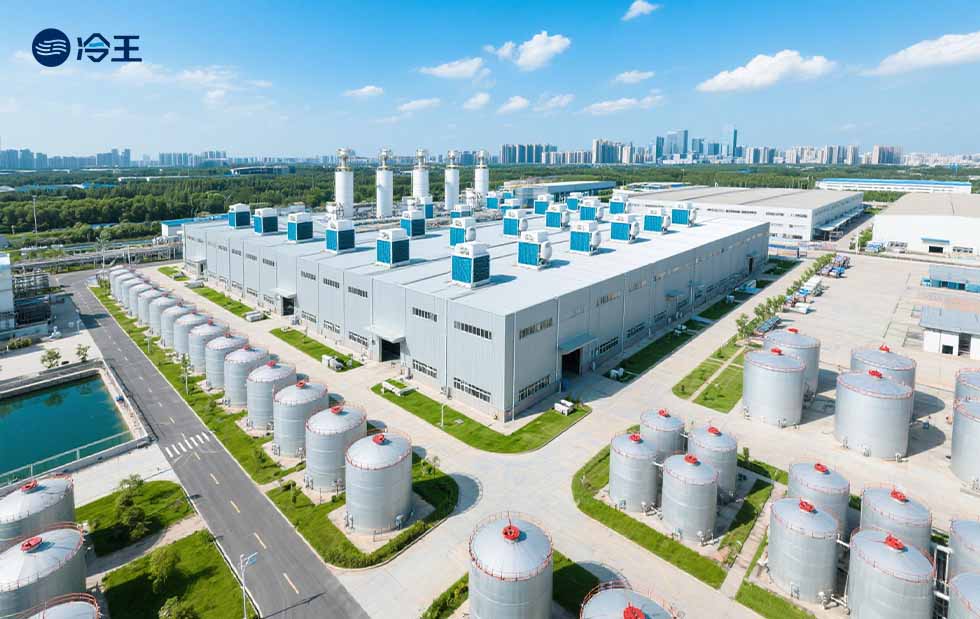
Recent Market Operation Characteristics
Last week, the refrigerant market exhibited a “stable with upward trend” operation pattern. Prices for mainstream products remained steady, while certain regional varieties saw narrow upward adjustments due to tightening supply. Currently, the market is in a year-end negotiation phase, with refrigerant producers and domestic/international trade clients continuing price talks. Amid high-price conditions, a composite procurement model of “long-term contract purchases + short-term essential demand purchases” has emerged.
Cost support remains robust, with upstream fluorspar powder and hydrofluoric acid prices holding at elevated levels, providing significant cost support for the entire range of refrigerant products. Notably, following the price correction of R22, downstream restocking demand has rebounded significantly, potentially stimulating incremental market demand. Although the air conditioning industry is in its production and sales off-season, with short-term demand for R32, R410A, R125, and other varieties declining, the industry's effective supply and demand remain in a tight balance. The year-end market is expected to continue operating at elevated levels.
2025 HFC Quota Adjustments Finalized
The Ministry of Ecology and Environment formally approved the 2025 HFC production quota adjustment plan on October 16, involving quota revisions for 8 product types across 20 enterprises, with a net increase of 24,397 metric tons. Specific adjustments are detailed below:
Increased Quotas: HFC-32 (+25,007 tons), HFC-134a (+5,747 tons), HFC-227ea (+1,557 tons), HFC-152a (+1,613 tons)
Reduced varieties: HFC-125 (-7,385 tons), HFC-143a (-112 tons), HFC-236fa (-220 tons), HFC-245fa (-1,810 tons)
This adjustment highlights the industry's trend toward optimizing production capacity structure. HFC-32 emerged as the largest growth category, while traditional high-GWP substances like HFC-125 saw significant reductions, aligning with global HFC reduction requirements.
Preview of the 2026 Quota Consultation Draft
The “2026 Ozone-Depleting Substances Quota Setting and Allocation Plan (Draft for Comment)” released on September 9 indicates continued tightening of quotas for second-generation refrigerants (HCFCs): 2026 production/domestic use quotas are set at 151,400 tons and 79,700 tons, respectively, representing reductions of 12,200 tons and 6,300 tons compared to 2025. Specifically, R22 production/domestic use quotas are adjusted to 146,100 tons and 78,000 tons, respectively, representing reductions of 3,000 tons and 2,900 tons.
For third-generation refrigerants (HFCs), 2026 quotas undergo structural adjustments: R245fa production quotas increase by 3,000 tons (with domestic use quotas rising by 3,000 tons), R41 production quotas rise by 50 tons (domestic use quotas also increase by 50 tons), while quotas for other types remain unchanged from 2025 levels. This adjustment signals the industry's transition into a new development phase characterized by “total volume control + structural optimization.”
The refrigerant market currently faces a critical juncture of policy adjustments and market dynamics. It is recommended to closely monitor the implementation pace of quota policies and rationally plan inventory structures.




